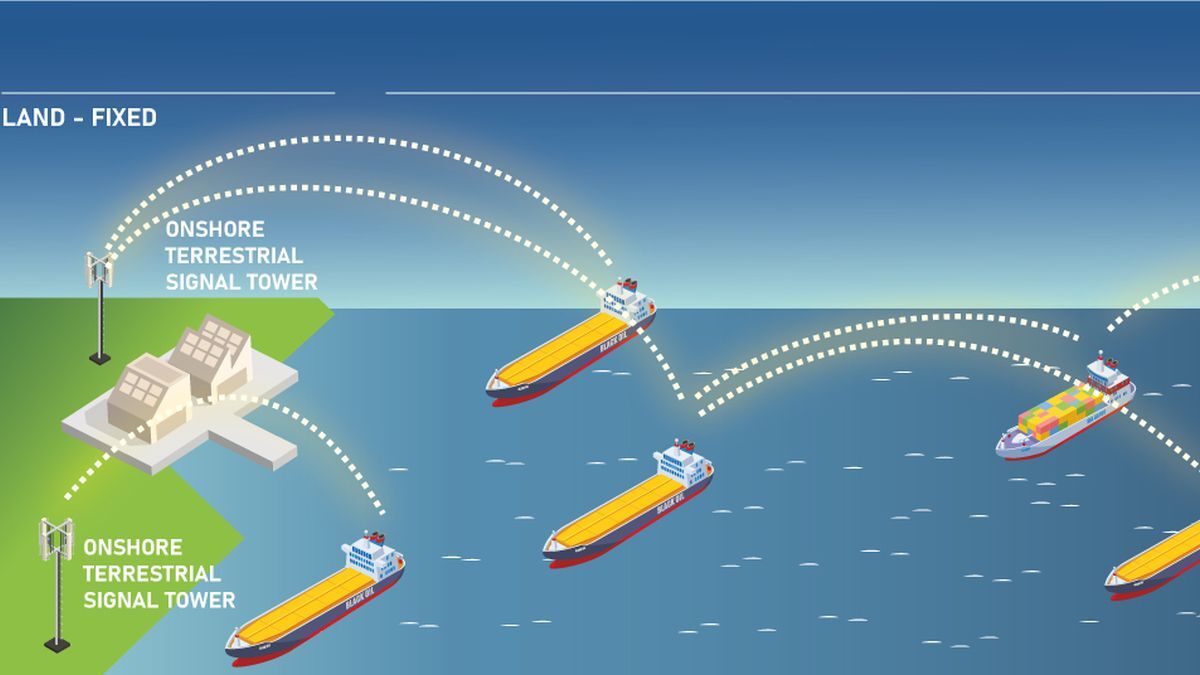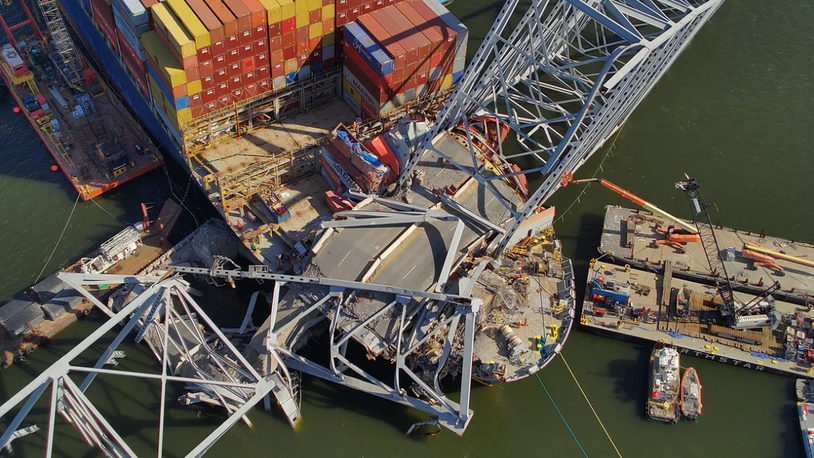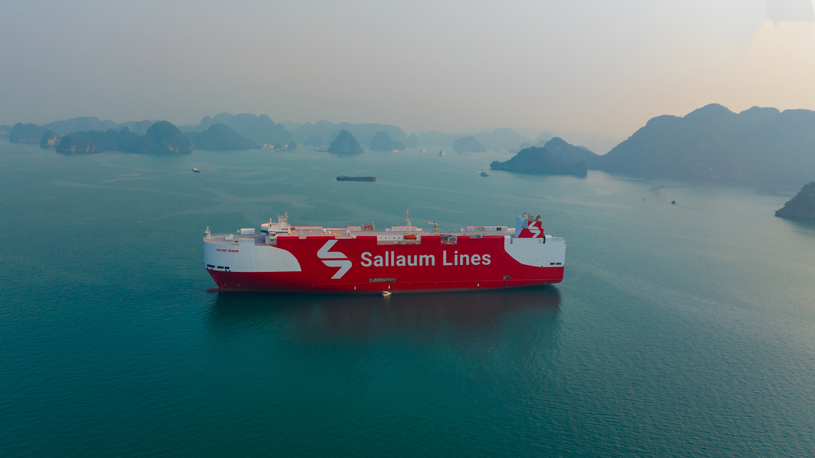Business Sectors
Events
Contents
Register to read more articles.
Inmarsat completes preliminary tests for Orchestra mesh network
Inmarsat has completed the first phases of testing technology developments for Orchestra, its forthcoming global, multi-dimensional, mesh network, ascertaining the ability to deliver additional capacity at hotspots via shore-based terrestrial networks
Inmarsat expects continued growth in demand across key ports and shipping lanes in Asia-Pacific and is developing the terrestrial part of Orchestra to provide targeted capacity to tackle these hotspots locally to stay ahead of the anticipated demand in the region.
Tests were conducted in Singapore between land-based signal towers and ships offshore using proprietary technologies across various combinations of frequency bands and terminal equipment on board vessels.
These real-world cases established achievable performance for ship-to-shore and ship-to-ship connectivity, including distances, range, throughput and link availability. Singapore was chosen for its busy container port and demanding equatorial environment, with heavy rain and high humidity.
Inmarsat said the tests proved the effectiveness of the stepping-stone connections in the Orchestra maritime mesh, which are expected to reach at least 10km and 100 megabits per second per link, with the mesh network extending this to 30 km and beyond. Speed performance will be evaluated in future tests.
Inmarsat chief technology officer Peter Hadinger said, “Through Inmarsat’s innovative use of spectrum and technology, combined with state-of-the-art terrestrial mesh networks including using vessels as stepping stones, Inmarsat will deliver enhanced and customised connectivity to our customers.”
“This will enable Inmarsat to improve services in the future by anticipating and managing demand from customers in hotspots. It is a win for all our users and Inmarsat will work with national regulators to deliver the benefits of advanced regional connectivity that will also contribute to their governments’ economic growth plans.”
Orchestra combines geostationary orbit (GEO) satellites, highly targeted low earth orbit (LEO) satellites and terrestrial communications into a dynamic mesh network to help connectivity at scale. The existing geostationary network will be supplemented further through six additional launches by 2025.
Orchestra’s terrestrial mesh will be an extension of Inmarsat’s existing services, not a standalone service. Alongside high-speed connectivity via existing geostationary Global Xpress (GX) Ka-band and ELERA L-band satellites, the company intends to add two payloads in highly elliptical orbit for continuous Arctic coverage in 2023 as well as a further four GEO satellites by 2025.
Inmarsat said the terrestrial network will follow shortly after with the LEO network rounding out Orchestra before the end of the decade.
Riviera Maritime Media will provide free technical and operational webinars in 2022. Sign up to attend on our events page
Related to this Story
Events
Maritime Environmental Protection Webinar Week
Cyber & Vessel Security Webinar Week
The illusion of safety: what we're getting wrong about crews, tech, and fatigue
Responsible Ship Recycling Forum 2025
© 2024 Riviera Maritime Media Ltd.














